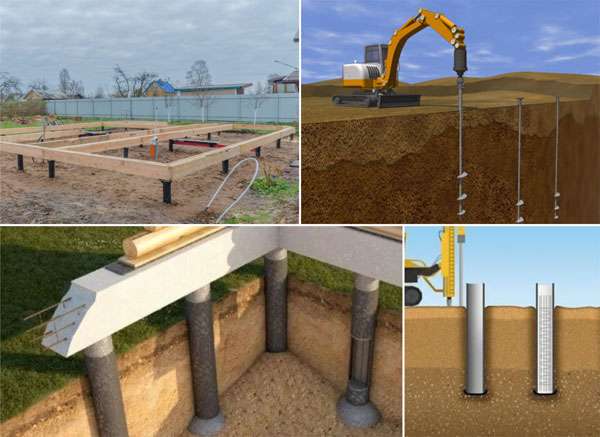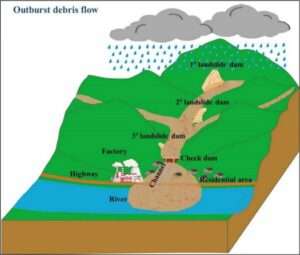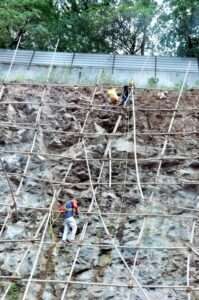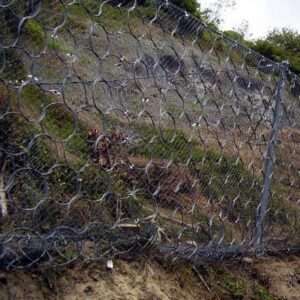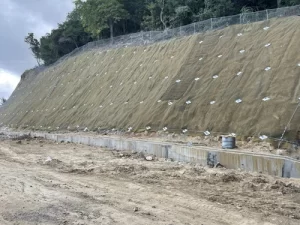The selection of the appropriate piling technique is a critical decision in construction, particularly when it comes to deep foundations. With varying soil conditions, load requirements, and environmental constraints, engineers must carefully evaluate the available methods to ensure structural stability and efficiency. This article provides an overview of the most common piling techniques and the factors influencing their selection.
What Are Piles?
Piles are long, slender structural elements that transfer loads from a structure to deeper, more stable soil layers or rock. They are indispensable in situations where surface soil lacks the necessary strength or stability to support the intended load.
Common Piling Techniques
Several piling methods are used in modern construction, each with unique features and applications. Here are the most prevalent:
1.Driven Piles
Driven piles are prefabricated structural elements made of concrete, steel, or timber. They are driven into the ground using a pile driver, displacing the soil in the process.
Advantages:
- High load capacity.
- Suitable for various soil types.
- Rapid installation process.
Limitations:
- Noise and vibration during installation may affect nearby structures.
- Not ideal for sensitive environments.
2.Bored Piles (Drilled Shafts)
Bored piles involve drilling a hole into the ground, placing reinforcement, and filling the void with concrete. This technique is common in large-scale projects.
Advantages:
- Minimal vibration and noise.
- Customizable to site-specific conditions.
- Effective in hard or rocky soils.
Limitations:
- Requires specialized equipment and expertise.
- Slower installation process compared to driven piles.
3.Screw Piles (Helical Piles)
Screw piles are installed by twisting them into the ground like screws. They are typically made of steel and feature helical blades.
Advantages:
- Quick and efficient installation.
- Suitable for light to moderate loads.
- Can be removed and reused.
Limitations:
- Limited load-bearing capacity compared to other methods.
- Not suitable for dense or rocky soils.
4.Continuous Flight Auger (CFA) Piles
CFA piles combine aspects of driven and bored piles. A hollow auger drills into the ground while simultaneously filling the hole with concrete.
Advantages:
- Low vibration and noise levels.
- High speed of installation.
- Works well in unstable soils.
Limitations:
- Requires precise control during installation.
- Limited to medium-depth applications.
5.Micro Piles
Micro piles are small-diameter piles used in confined spaces or where minimal vibration is required. They are discussed in detail in “Foundations of Strength: Exploring Micro Piles in Engineering.”
Factors Influencing Piling Method Selection
Choosing the appropriate piling method depends on several key factors:
- Soil Conditions: The type and stability of soil greatly impact the choice of piling technique.
- Load Requirements: Heavier structures demand piles with higher load-bearing capacities.
- Environmental Considerations: Noise, vibration, and ecological impact must be taken into account, especially in urban or sensitive areas.
- Accessibility: Limited access sites may restrict the use of certain equipment or techniques.
- Budget and Timeline: Cost-effectiveness and project deadlines influence the feasibility of various methods.
Conclusion
Deep foundations are the backbone of stable and resilient structures, and the choice of piling technique plays a pivotal role in their success. By understanding the characteristics, advantages, and limitations of each method, engineers can make informed decisions tailored to project-specific demands. Whether driven, bored, or helical, the right piling technique ensures a solid foundation for any construction endeavor.


